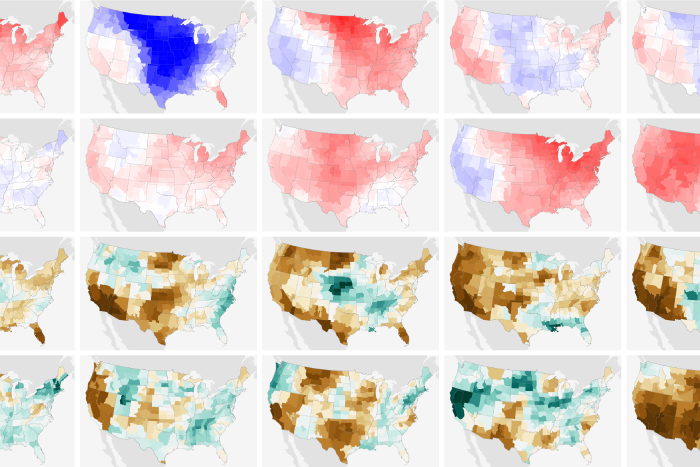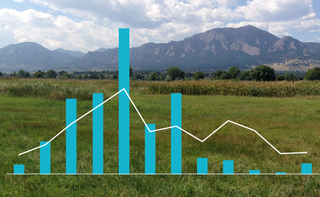Wildfire smoke is a substantial source of ozone in our lower atmosphere, but one that is hard to quantify. New research investigates ozone chemistry in wildfire plumes using measurements from a flight campaign.
The tropical intraseasonal oscillation (ISO) affects variability over the tropical Indian and Pacific Oceans, and affects ENSO and monsoons, but models struggle to simulate the ISO. New research identifies reanalysis products best suited to studying the ISO.
A new study shows that, on a single day in 2020, more than 68 percent of the U.S. West—representing about 43 million people—were affected by harmful levels of air pollution. It was the highest number of affected people in 20 years. Large wildfires and severe heat events occurring at the same time have worsened air pollution.
It's been 45 years since the planet had a cooler-than-average year.
La Niña is likely near its peak strength, but that doesn't mean its impacts will disappear anytime soon.
New NOAA research demonstrates that the effects of fire emissions on the atmosphere are even larger and far more widespread than previously believed. Fires contribute to one of the most common and harmful constituents of urban air pollution: ozone.

NOAA National Centers for Environmental Information recaps the 2021 climate for the United States.
A cool, wet January is slightly favored across much of the North, with a warm, dry month favored for the South. Elsewhere, there are even chances for any outcome.
Continental System for High-resolution prediction on Earth-to-Local Domains (C-SHiELD) combines a global view of weather patterns with the ability to focus on regional and local weather. This helps meteorologists better predict smaller extreme storms over the continental United States.
